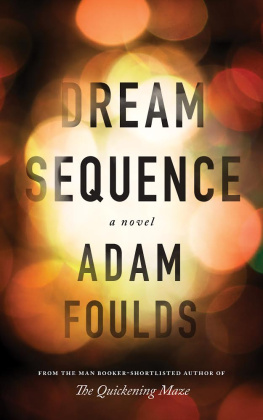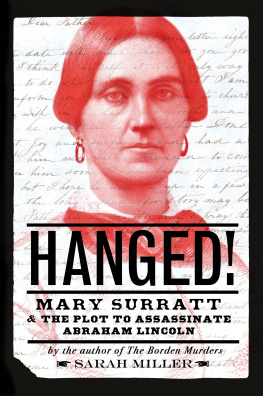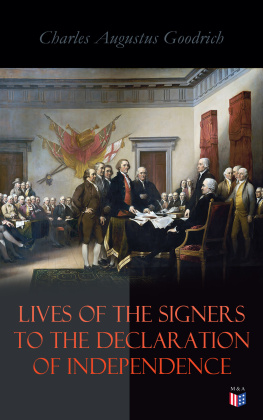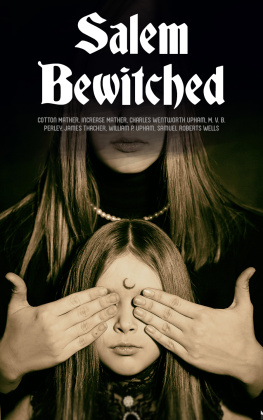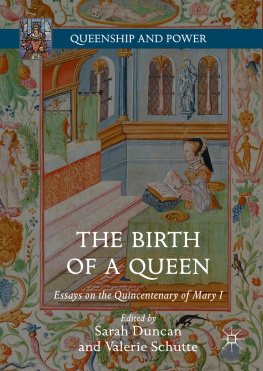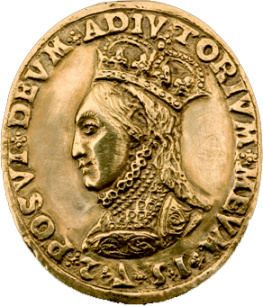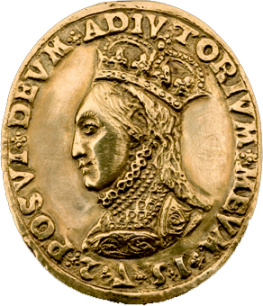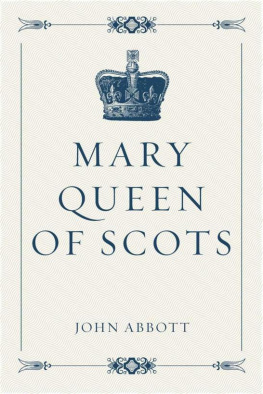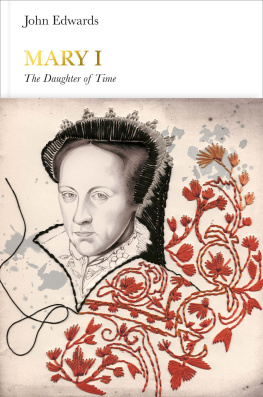ABOUT THE AUTHOR
Diane E. Foulds has spent ten years in the research of seventeenth-century Massachusetts for clues into the life of her ancestor who was one of the nineteen hanged. A journalist and writer, she has worked in Montreal, Vienna, Moscow, and Prague, contributing to a variety of U.S. and European publications. Now in Vermont, she shares a home with author Joseph Citro. This is her fourth book.
To buy books in quantity for corporate use or incentives, call (800) 962-0973 or e-mail premiums@GlobePequot.com.
Copyright 2010 by Diane E. Foulds
ALL RIGHTS RESERVED. No part of this book may be reproduced or transmitted in any form by any means, electronic or mechanical, including photocopying and recording, or by any information storage and retrieval system, except as may be expressly permitted in writing from the publisher. Requests for permission should be addressed to Globe Pequot Press, Attn: Rights and Permissions Department, P.O. Box 480, Guilford, CT 06437.
Text design: Sheryl P. Kober
Project editor: Julie Marsh
Library of Congress Cataloging-in-Publication Data is available on file.
ISBN 978-0-7627-5909-5
Printed in the United States of America
10 9 8 7 6 5 4 3 2 1
PREFACE
A Cauldron of DiscontentThe Pressures That Drove a Tranquil Village to Combustion
It was all Mary Taylor could do to get by. Impoverished and probably pregnant, she had a baby at the breast and a houseful of children. Her name surfaces in the Massachusetts records in 1692, after her neighbor Mary Marshall reports her to the authorities. Taylor would join the ranks of more than one hundred and fifty arrested that year for witchcraft. At her subsequent hearing, her story spills out.
It seems that a local man, William Hooper, was in need of a wet nurse. He dropped his child off, but on this day, Taylor wasnt up to the job. They quarreled, and a short time after, the man turned up dead. His family members procured several cases of wine for the funeral, but it mysteriously vanished. Then their house caught fire and burned to the ground, with Hoopers body laid out in the parlor.
Mary Marshall harbored the suspicion that Taylor had killed her prickly customer, made off with the wine, and set his house ablaze. The magistrate would pummel the hapless matron with angry questions, but no one seemed to find anything at all unusual in the fact that this forty-year-old Reading goodwife would have to nurse other peoples children to make ends meet.
Her plight, a detail buried in the court archives, is a poignant reminder of how difficult day-to-day living was in seventeenth-century Massachusetts. Faced with crop failures and hostile neighbors, toiling under a class system only slightly less rigid than it was in medieval England, and subjected to Indian ambushes, plagues, house fires, and a broken court system, tempers were quick to fray.
Death was as frequent as it was unexpected, whether from smallpox, tomahawk, childbirth, or falling from a tree. The smallest spark incited panic. When Salem reached the combustion point in 1692, the most suggestible members of societychildren and adolescent girlswere the first to succumb.
The usual story is that the witch hunt was started in the home of Reverend Samuel Parris, when his nine-year-old daughter and twelve-year-old niece dabbled in fortune-tellinga raw egg dropped into a glass of water formed the image of a coffin.1 The two girls did suffer a breakdown, but what triggered it remains uncertain. Since the local doctor couldnt come up with a medical explanation, he attributed their condition to witchcraft. The panic spread to other households, and before eleven months had passed, twenty persons were put to death.
The contagion would engulf at least twenty-two Massachusetts villages, culminating in the arrest of over one hundred and fifty people. Fifty-nine were tried, thirty-one convicted, and nineteen hanged. One stubborn elder, Giles Corey, was pressed to death for refusing to stand trial. At least eight others, including two young children and an aged widow, died in the squalid prisons.
Though suspects were interrogated throughout the year, the actual trials began in June. Once newly installed English monarchs William and Mary had restored the colonys charter, Massachusetts would again be mostly free to rule itself. To handle the burgeoning witchcraft caseload, Governor William Phips quickly formed a temporary tribunal, the Court of Oyer and Terminer.
Much of the testimony drew on spectral evidence, the impassioned claims that witches were sending their spirits out to wreak mischief on hapless innocents. Most of the suspects admitted to the crime, especially once it became clear that confessors were not as likely to be hanged. By October, so many improbable candidates had been named as witches that the public grew skeptical. Unsure of what to do, Governor Phips halted the proceedings and called on higher-ups in London for advice. By the time a missive arrived in the summer of 1693 insisting he use his own judgment, the trials were over. Farmhouses had been stripped or shuttered, fields left untilled, children orphaned or consigned to foster homes. More important, a community had lost its mooring.
For all its drama, the witch hunt flared and fizzled in under a year, fed by tensions and external pressures that had been building for more than two decades. The Massachusetts government would admit its terrible mistake in 1697, paying restitution to the victims families. Yet nearly three centuries would pass before all of the victims names were cleared, a delay that may have helped preserve its dark hold on the American conscience.
With the distance of time, the episode seems to grow more incomprehensible, even as historians add new insights to the growing repository of witch hunt lore.
How could it have happened? The impulse is to condense a frustratingly complicated event into a single neat answer. Many try to grasp the whole picture or track the events chronologically. Yet each personal story, like Mary Taylors, is part of the mosaic, a microcosm of a fragile Massachusetts society in the throes of transition. Taken together, these biographies form a psychological profile of the Massachusetts Bay at the close of the seventeenth century.
Drawn from a multitude of primary and secondary sources, each begins with the individuals name, place of residence, and age in 1692, the year the witch hunt occurred. Where possible, an attempt has been made to throw light on the personal circumstances and pressures that compelled each person to respond as they did.
CHAPTER 1
THE ACCUSERS
Prayers, chores, church. They were the pillars of New England life, a rhythm broken only by an unexpected visitor, the discovery of a wild berry patch, or a juicy bit of gossip. The rest was wearily predictable.
Before she was ten, an English girl in seventeenth-century Massachusetts would have been rigorously trained in the domestic arts. She passed hours at the butter churn and the spinning wheel, wrestled the laundry in the chill of the nearest stream, hauled the water, fed the chickens, swept the floor, collected the eggs, emptied the chamber pot, and milked the cow. It was a female world, confined to respectful titles, proper dress, and virtuous thoughts. The men and boys vanished at dawn to spend the day hunting, herding, or haying.
If she was fortunate, a girl had sisters to share the intimacies, hand-me-downs, and chores. Many were not. Wars and plagues left countless seventeenth-century girls orphaned and homeless, with no alternative but to serve others as domestic servants. For them, days were passed sweating over another familys household, with little to show for it but a bowl of porridge, a change of clothes, and a place to sleep.


